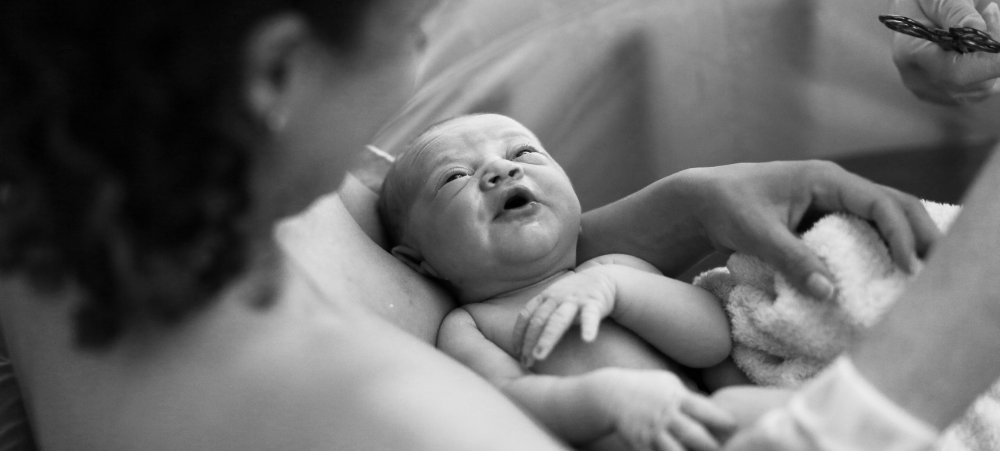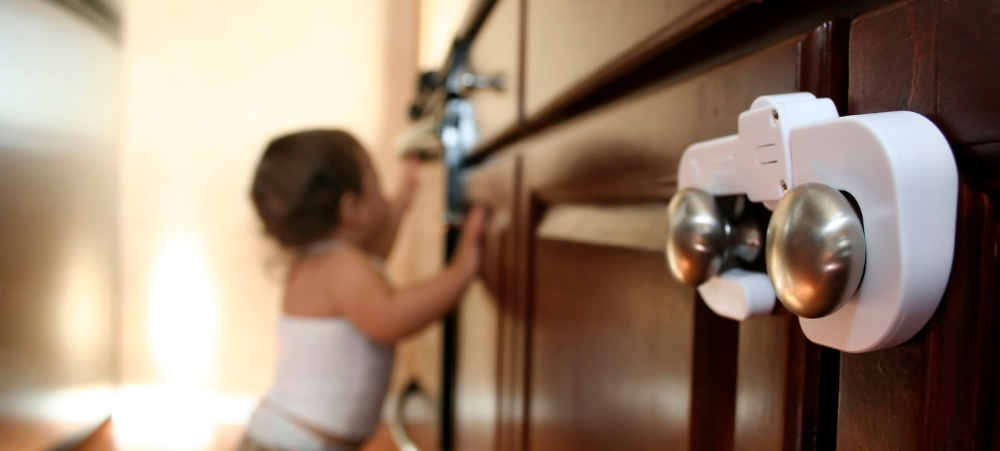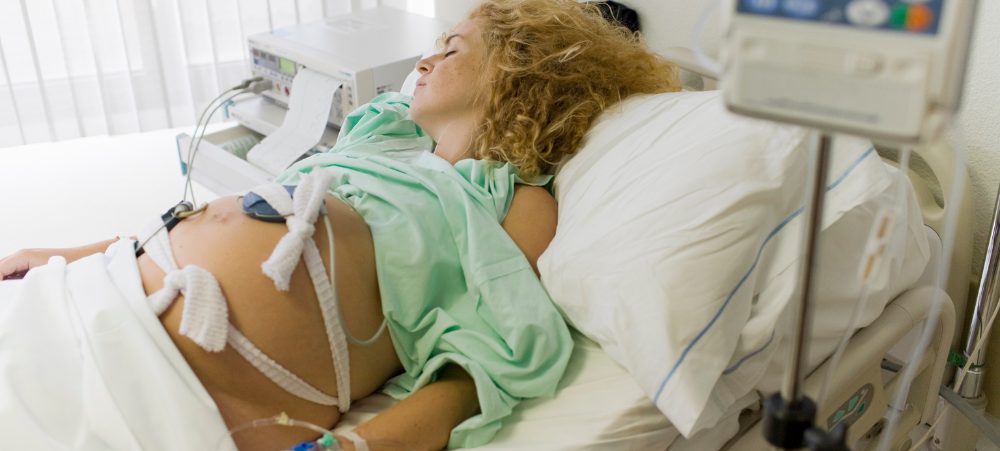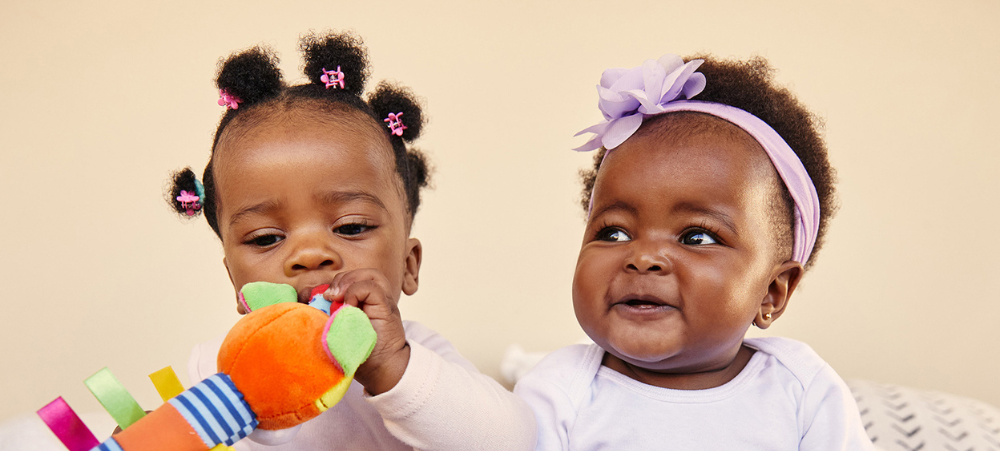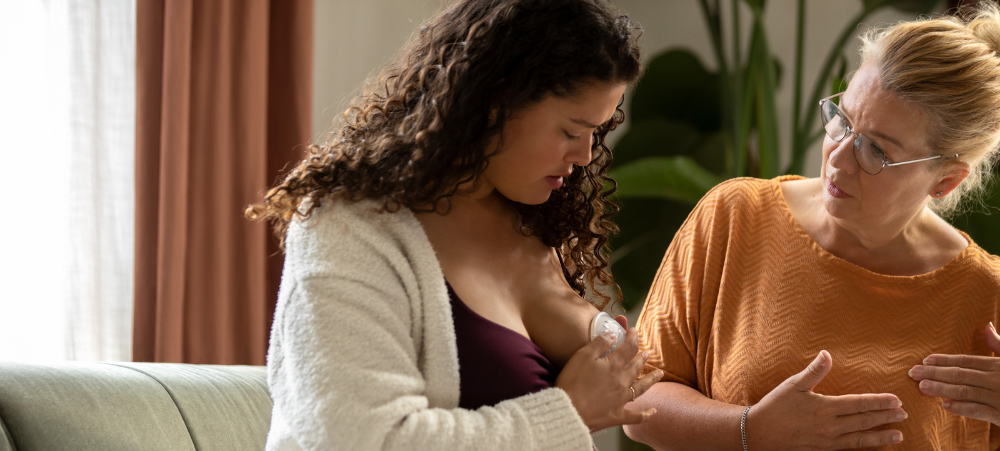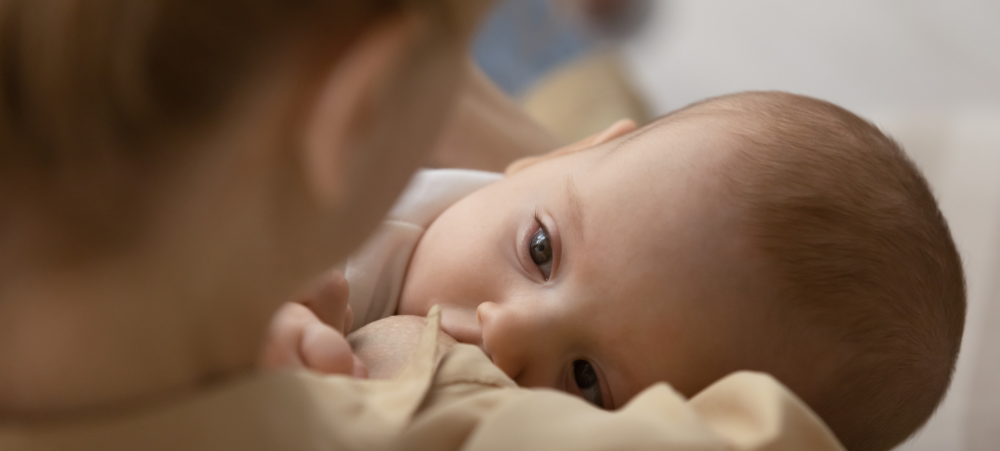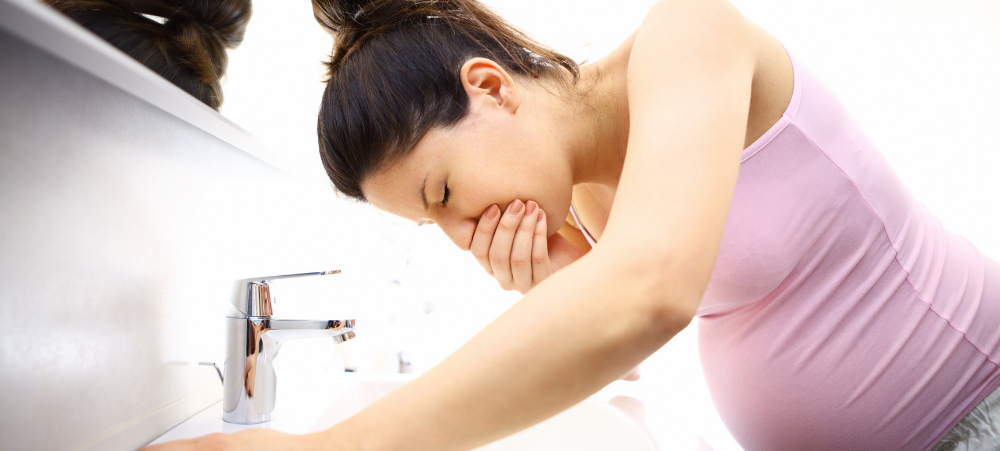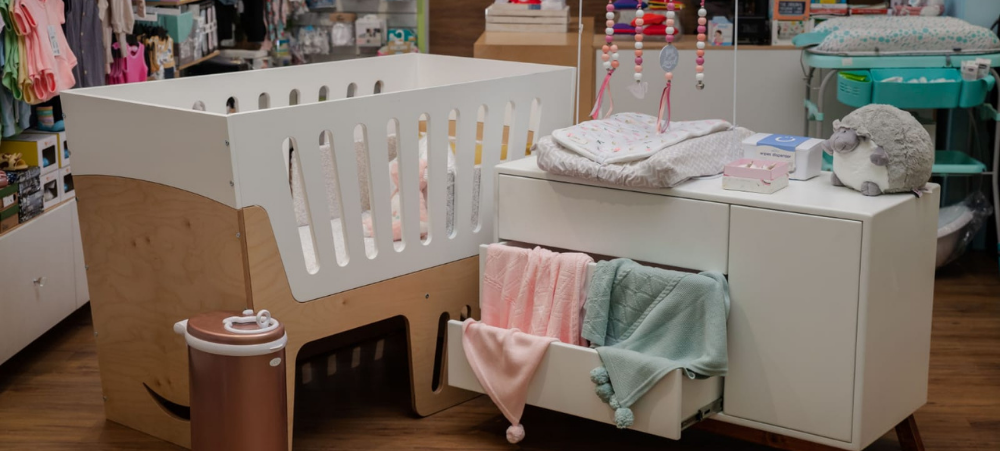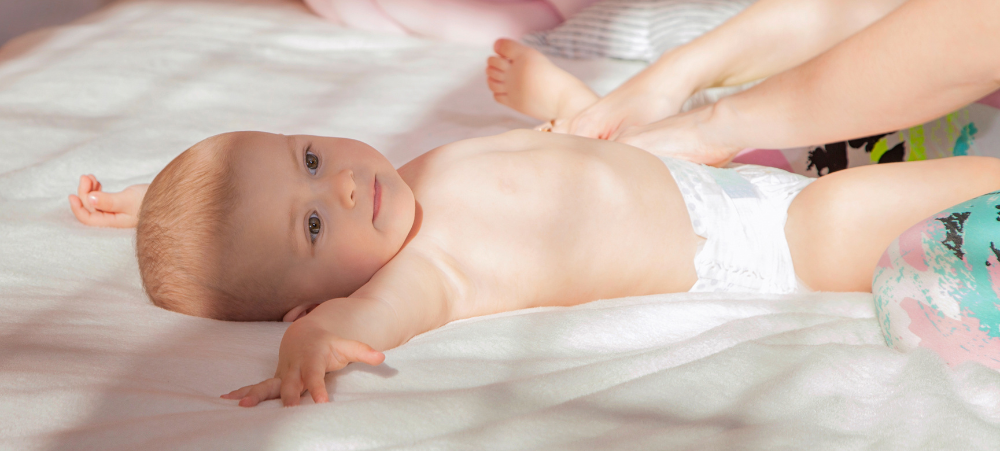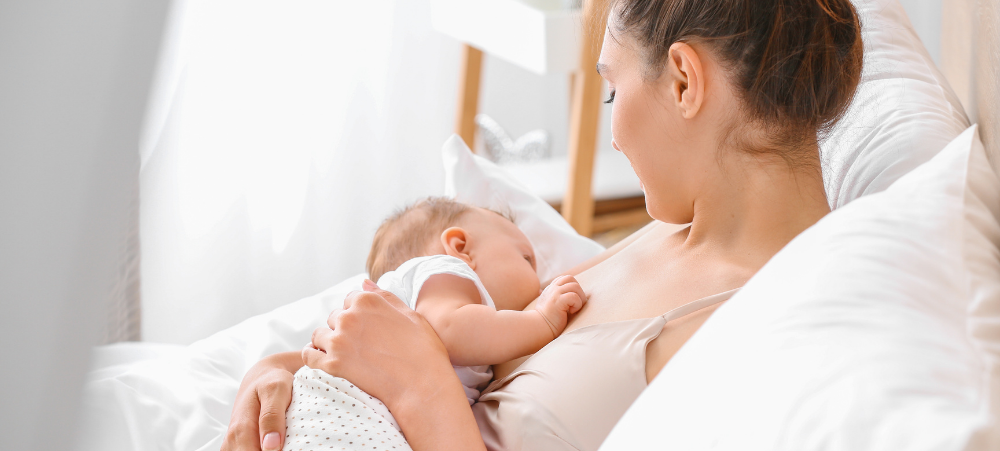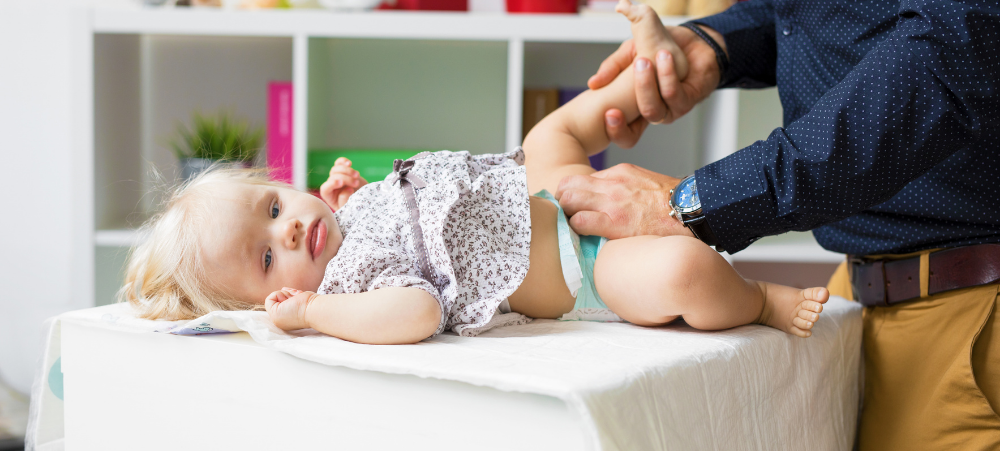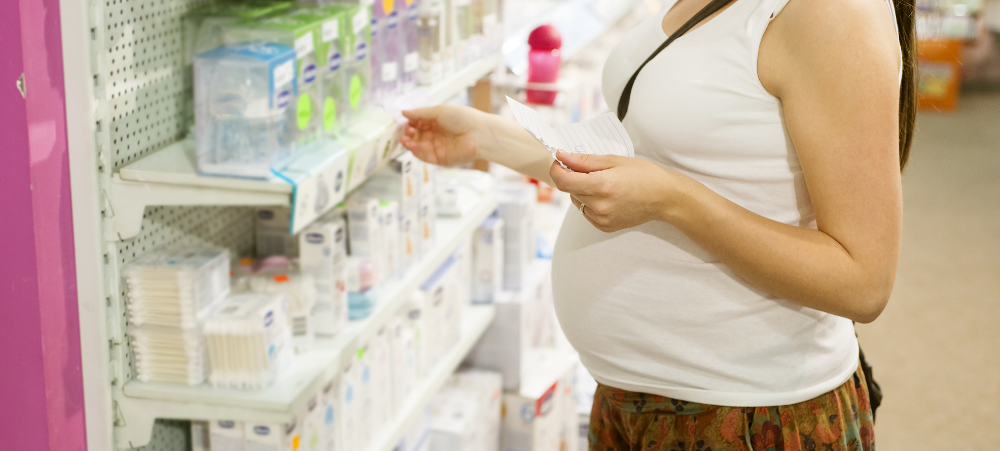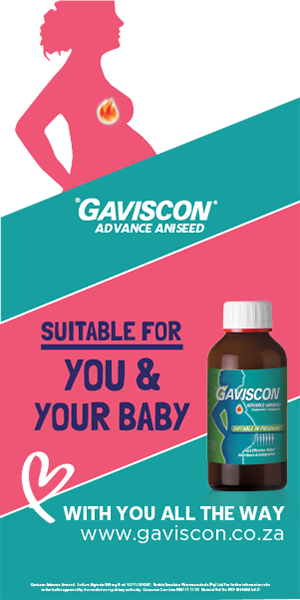
Milk Galore on why breastmilk is best?
We at Milk Galore, a company whose primary focus is to assist mothers in increasing their flow of breastmilk. Our products assure results after 24 hours with an intake 250ml three times a day. Our range of products comprising 100% fruit juice blend and Rooibos tea for all the tea lovers. We believe breastmilk is best for baby. So our core vision is to ensure that baby receives the best nutrition and also therefore aligns with the WHO strategy. Breastmilk is the perfect food for your baby. It contains just the right amount of nutrients. It is also gentle on your baby’s developing stomach, intestines, and other body systems. It is recommended that you breastfeed until your baby is 6 months old, then breastfeed with solid foods until at least 1 to 2 years old. Below are list of nutritional benefits: Proteins Breastmilk contains two types of proteins: whey and casein. Approximately 60% is whey, while 40% is casein. This balance of the proteins allows for quick and easy digestion. Approximately 60-80% of all protein in human milk is whey protein. These proteins have great infection-protection properties. Listed below are specific proteins that are found in breast milk and their benefits: Lactoferrin inhibits the growth of iron-dependent bacteria in the gastrointestinal tract. This inhibits certain organisms, such as coliforms and yeast, that require iron. Secretory IgA also works to protect the infant from viruses and bacteria, specifically those that the baby, mom, and family are exposed to. It also helps to protect against E. Coli and possibly allergies. Other immunoglobulins, including IgG and IgM, in breast milk also help protect against bacterial and viral infections. Lysozyme is an enzyme that protects the infant against E. Coli and Salmonella. It also promotes the growth of healthy intestinal flora and has anti-inflammatory functions. Bifidus factor supports the growth of lactobacillus. Lactobacillus is a beneficial bacteria that protect the baby against harmful bacteria by creating an acidic environment where it cannot survive. Fats Breastmilk also contains fats that are essential for the health of your baby. It is necessary for brain development, absorption of fat-soluble vitamins, and is a primary calorie source. Long-chain fatty acids are needed for brain, retina, and nervous system development. They are deposited in the brain during the last trimester of pregnancy and are also found in breast milk. Vitamins The amount and types of vitamins in breast milk is directly related to the mother’s vitamin intake. This is why it is essential that she gets adequate nutrition, including vitamins. Fat-soluble vitamins, including vitamins A, D, E, and K, are all vital to the infant’s health. Water-soluble vitamins such as vitamin C, riboflavin, niacin, and pantothenic acid are also essential. The intake of our products assure results after 24 hours with an intake 250ml three times a day with also a high intake of iron. Our range of products comprising 100% fruit juice blend and Rooibos tea for all the tea lovers. Carbohydrates Lactose is the primary carbohydrate found in breastmilk. It accounts for approximately 40% of the total calories provided by breast milk. Lactose helps to decrease a large number of unhealthy bacteria in the stomach, which improves the absorption of calcium, phosphorus, and magnesium. It helps to fight disease and promotes the growth of healthy bacteria in the stomach. Breast Milk is Best for Your Baby Breast milk has the perfect combination of proteins, fats, vitamins, and carbohydrates. There is nothing better for the health of your baby. Leukocytes are living cells that are only found in breast milk. They help fight infection. It is the antibodies, living cells, enzymes, and hormones that make breast milk ideal. These cannot be added to the formula. Though some women ultimately are not able to breastfeed, many who think they cannot actually are able to breastfeed – which is the core reason for the existence of our Milk Galore products with results from 24 hours. Let us help you to ensure that baby gets the best.




